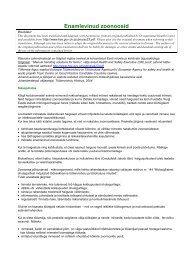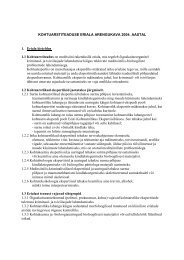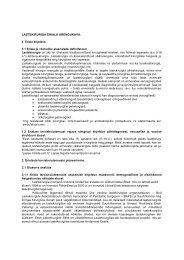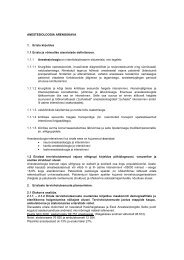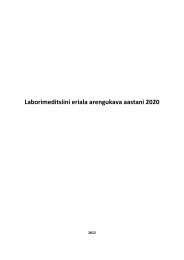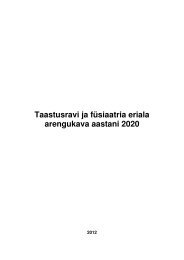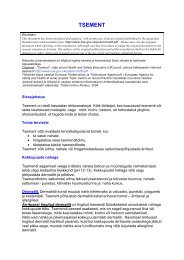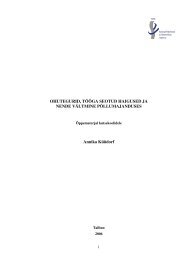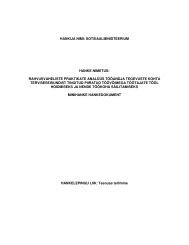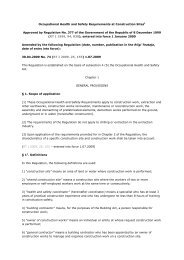SErIES IAEA HumAn HEAltH SErIES IAEA Hum
SErIES IAEA HumAn HEAltH SErIES IAEA Hum
SErIES IAEA HumAn HEAltH SErIES IAEA Hum
You also want an ePaper? Increase the reach of your titles
YUMPU automatically turns print PDFs into web optimized ePapers that Google loves.
A QA committee should be established to provide periodic review and<br />
evaluation of the facility’s QA programme. The committee should consist of<br />
physicians, radiographers, medical physicists, nurses, and administrative and<br />
other staff, as appropriate. Quality assurance of technical procedures is described<br />
in Section 5.1.<br />
The quality management system should be documented, preferably in a<br />
quality manual.<br />
The scope of responsibilities of the quality manager(s) should be defined<br />
and should include maintenance of the quality manual and associated<br />
documentation, and identification of persons responsible for practical<br />
implementation of QA and quality control (QC).<br />
The quality manual and the policy and procedure manuals should be<br />
realistic and they should be regularly reviewed for relevance to existing practices.<br />
Records should be kept of the results of the reviews.<br />
The results of QA activities should be assessed. Results that do not meet<br />
tolerance levels should lead to appropriate and timely remedial actions, and all<br />
such actions should be recorded. A QA committee should review the QA results,<br />
as appropriate.<br />
Internal and external audits to assess the quality of practices should be<br />
regularly organized, and quality improvement activities implemented in response.<br />
A planned audit programme should be in place.<br />
3.1.3. Structure of the diagnostic radiology facility<br />
3.1.3.1. Personnel<br />
The personnel of a radiology facility form a multidisciplinary team that<br />
typically includes: radiological medical practitioners 3 , radiographers, technical<br />
assistants, sonographers, nurses, medical physicists, service engineers,<br />
information technology (IT) specialists and administrative staff. The facility<br />
staffing levels and the professional competence of the staff should be sufficient to<br />
provide safe imaging examinations of good quality, and to meet the specified<br />
objectives of the institution for radiological services. Facilities should implement<br />
3<br />
A radiological medical practitioner is an individual who: (a) has been accredited<br />
through appropriate national procedures as a health professional; (b) fulfils the national<br />
requirements on training and experience for performing or overseeing procedures involving<br />
medical exposure; (c) is entitled in accordance with the relevant authorization to perform or<br />
oversee procedures involving medical exposures.<br />
17




